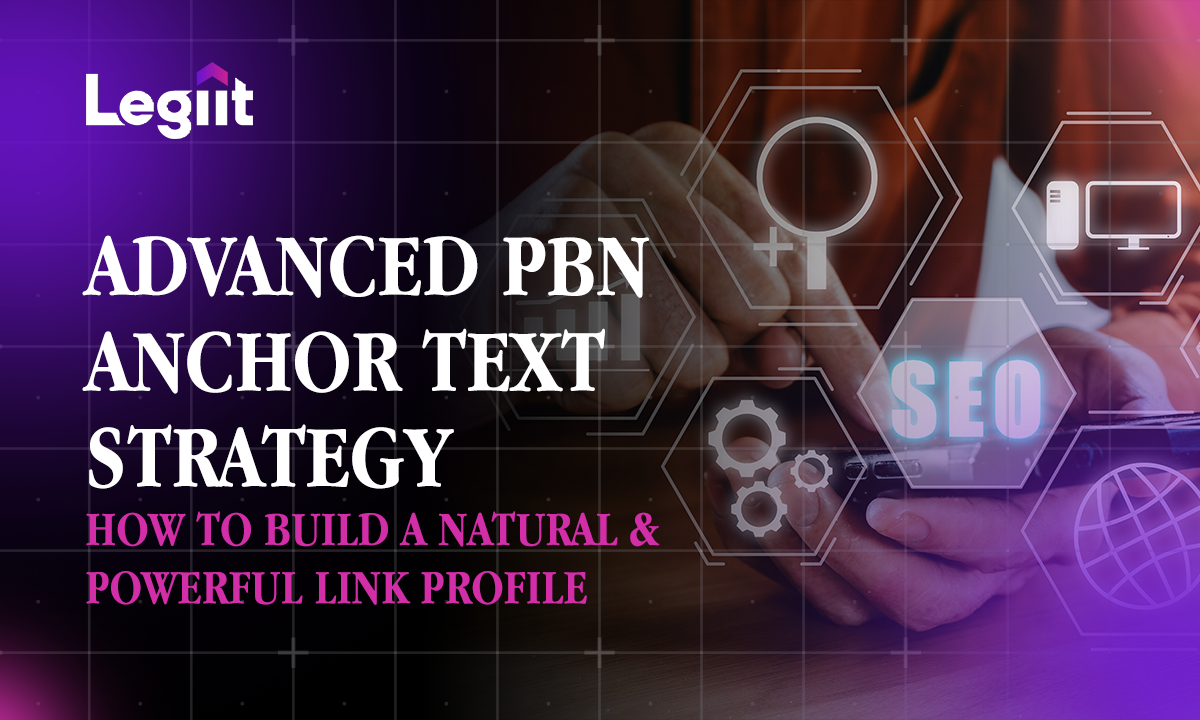If you are looking to get started in dropshipping, one of the more daunting tasks is getting approved by suppliers.
But there are things you can do to make it easier and increase your odds of approval. So in this post we are going to look at 4 strategies for how to get suppliers for dropshipping.
The Relationship Goes Both Ways
The first thing to understand is that when a supplier is considering whether or not to approve you, they have just as much to gain as they do to lose.
Too many dropshippers approach the process with the attitude that the brand needs you to make them sales. So there is no reason for them to say no.
But you have to put yourself in their shoes.
When a supplier allows you to sell their products, they are trusting you with their brand. If customers have repeated bad experiences with your store, that negative reputation could trickle down to the companies who supply you. Especially if you are in a micro niche.
Likewise, since the supplier is the one who handles fulfillment, every return or shipping mishap is going to eventually be their responsibility. If they can’t trust you to do everything to keep these problems at bay, doing business with you may be more hassle than it’s worth.
So keep an open-mind about the real issues that suppliers have to consider and you’ll be better prepared to overcome their objections before they even pop up.
4 Tips For How To Get Suppliers For Dropshipping
#1 Make Sure Your Site Looks Amazing
Suppliers are going to check out your online store before doing business with you. So it better look the best it possibly can.
Avoid reaching out to suppliers while your site is still heavily under construction. It’s okay if you only have dummy products loaded and aren’t actually accepting orders yet. But avoid glaring issues like broken links, distorted images, and incomplete menus.
Make sure that you have your shipping, return, and other policies spelled out clearly, as well. These demonstrate to suppliers that you are serious about running a business.
Finally, make certain that your site loads fast and looks good on mobile. If you aren’t absolutely confident in your web development skills, consider hiring a freelancer experienced with e-commerce stores.
Whether you need them to build a site from scratch or just optimize it for performance, the expert help will provide you with peace of mind and improve user experience.
Related: How To Improve User Experience For Your Online Customers
#2 Develop A Rockstar Blog
Imagine if you could say something like this to every supplier you reach out to:
I’ve been blogging about spinning wheels for a few months now, and my blog is really starting to pick up some traction. Spinning has always been a passion of mine, and the engagement I’m getting on my blog makes me realize how passionate other people are about the hobby too. I’m working on a post about your brand, and I was wondering if you could tell me a little bit about why your customers love your products. If you could give me a quote I could share with my readers, that would be great.
Notice how there is no pitch here. You are genuinely starting your relationship with this supplier by offering to give them some free publicity. You can do this before you even have an online store set up.
Then, if all goes well, you could reach out to the supplier again a few weeks down the line. Tell them about the success of the post, and let them know you are considering actually starting to sell products on your site.
It’s a natural, honest way to inquire about starting a dropshipping relationship.
Even if you don’t follow this exact process, having a thriving blog in the niche shows suppliers that you are passionate about the industry.
It can be hard to fill up a blog with relevant, engaging content though. So if you aren’t a master wordsmith or just don’t have the time, see if any of the freelance writers on Legiit are up to the task.
#3 Create a Vibrant Social Media Presence
Just like a blog, your social media profiles help seal the deal with potential suppliers.
If they can see that you represent your own brand well, they will trust that you will do the same for theirs.
Build out your profiles on the platforms that are most active with your target audience. Then post content regularly, at least a few times per week on each platform. Make your content visually appealing, and consider professional product photo editing to ensure you put your best foot forward.
You don’t want suppliers to see your social pages as barren wastelands, lacking in activity. So consider running some paid ads to gain followers and engagement while you are still waiting for your organic traffic flow to build up.
And as cheesy as it might sound, share your pages with friends and family as well. That’s an easy way to garner likes, comments, and follows.
#4 Approach It Like a Partnership
Above all, put it into your mind that you are forming a partnership with your suppliers. They are helping you out just as much as you are helping them out.
Be confident in your communications with potential suppliers. But don’t be prideful. At the end of the day, you are being approved by a human being. It should feel like a win for both of you.
If you feel like you are fighting for approval or that you have to overly sell yourself, it’s probably not a partnership worth forming anyway.
But the suppliers who are eager to work with you are the ones who will be happy to form a mutually beneficial partnership for years to come.








 Download
Download